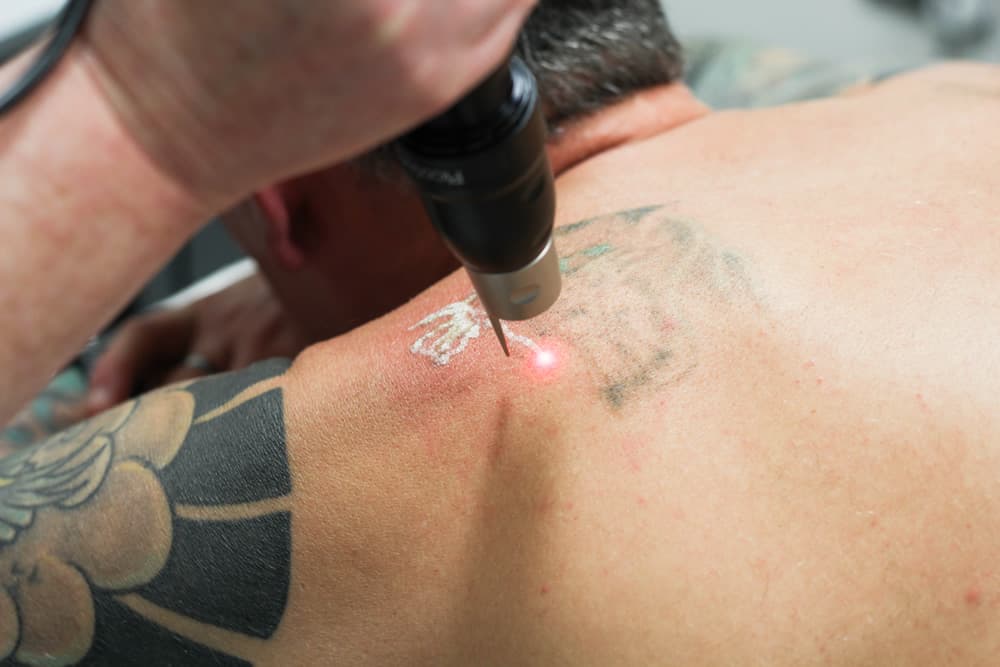Tattoos, once considered permanent markers of personal expression, are now more malleable than ever thanks to advancements in tattoo removal technologies. However, like any medical procedure, tattoo removal is not without its risks. In this article, we will explore the potential risks associated with tattoo removal, shedding light on the importance of informed decision-making and proper aftercare.
Understanding Tattoo Removal Techniques
Before delving into the risks, it’s crucial to understand the various techniques used for tattoo removal. The most common methods include laser removal, dermabrasion, and surgical excision. Laser removal, the most popular choice, involves using concentrated beams of light to break down tattoo pigments. Dermabrasion, on the other hand, relies on abrasion to remove layers of skin containing the tattoo. Surgical excision involves cutting out the tattooed skin and stitching the remaining skin together.
Risks Associated with Tattoo Removal
- Scarring and Skin Changes
One of the primary risks of tattoo removal is scarring. While advancements in laser technology have minimised scarring, it’s essential to recognise that everyone’s skin reacts differently to the removal process. Darker skin tones may be more prone to hyperpigmentation or hypopigmentation, altering the skin’s color. Dermabrasion and surgical excision, by their nature, are more invasive and carry a higher risk of scarring.
- Infection and Allergic Reactions
Regardless of the removal method chosen, there is a risk of infection. Open wounds, as created during tattoo removal, are susceptible to bacterial infiltration. Proper post-removal care, including keeping the area clean and following medical advice, is crucial in minimising this risk. Additionally, some individuals may experience allergic reactions to the tattoo removal process, particularly in response to the inks or removal agents used.
- Incomplete Removal and Fading
Achieving complete tattoo removal is not always guaranteed. Factors such as the size, color, and depth of the tattoo influence the success of the removal process. Some tattoos may only fade rather than disappear entirely. Incomplete removal can be frustrating for individuals seeking a clean slate, leading to additional sessions and potential cumulative risks.
- Pain and Discomfort
Tattoo removal is often accompanied by varying degrees of pain and discomfort. Laser removal can cause a sensation similar to rubber band snaps, while dermabrasion and surgical excision involve more immediate discomfort. The pain associated with tattoo removal can be managed with numbing creams or local anesthesia, but it’s crucial for individuals to be prepared for the discomfort involved.
Mitigating Risks and Ensuring a Positive Outcome
To mitigate the risks associated with tattoo removal, individuals must prioritise several key factors:
- Consultation and Professionalism: Seek consultations with experienced and reputable professionals. A qualified practitioner will assess your tattoo, skin type, and medical history to provide realistic expectations and potential risks.
- Follow Aftercare Instructions: Strictly adhere to aftercare instructions provided by the removal specialist. Proper care is essential for preventing infections, minimising scarring, and ensuring optimal healing.
- Patience and Realistic Expectations: Understand that complete tattoo removal may require multiple sessions and, in some cases, may not be entirely achievable. Having realistic expectations can prevent disappointment and unnecessary risks.
Conclusion
While tattoo removal has evolved significantly, it is not a risk-free endeavor. Scarring, infection, incomplete removal, and pain are potential pitfalls that individuals must consider. By choosing a reputable professional, following proper aftercare procedures, and maintaining realistic expectations, one can navigate the risks associated with tattoo removal and increase the likelihood of a positive outcome. It’s crucial to weigh the desire for tattoo removal against the potential risks and make an informed decision based on individual circumstances.

